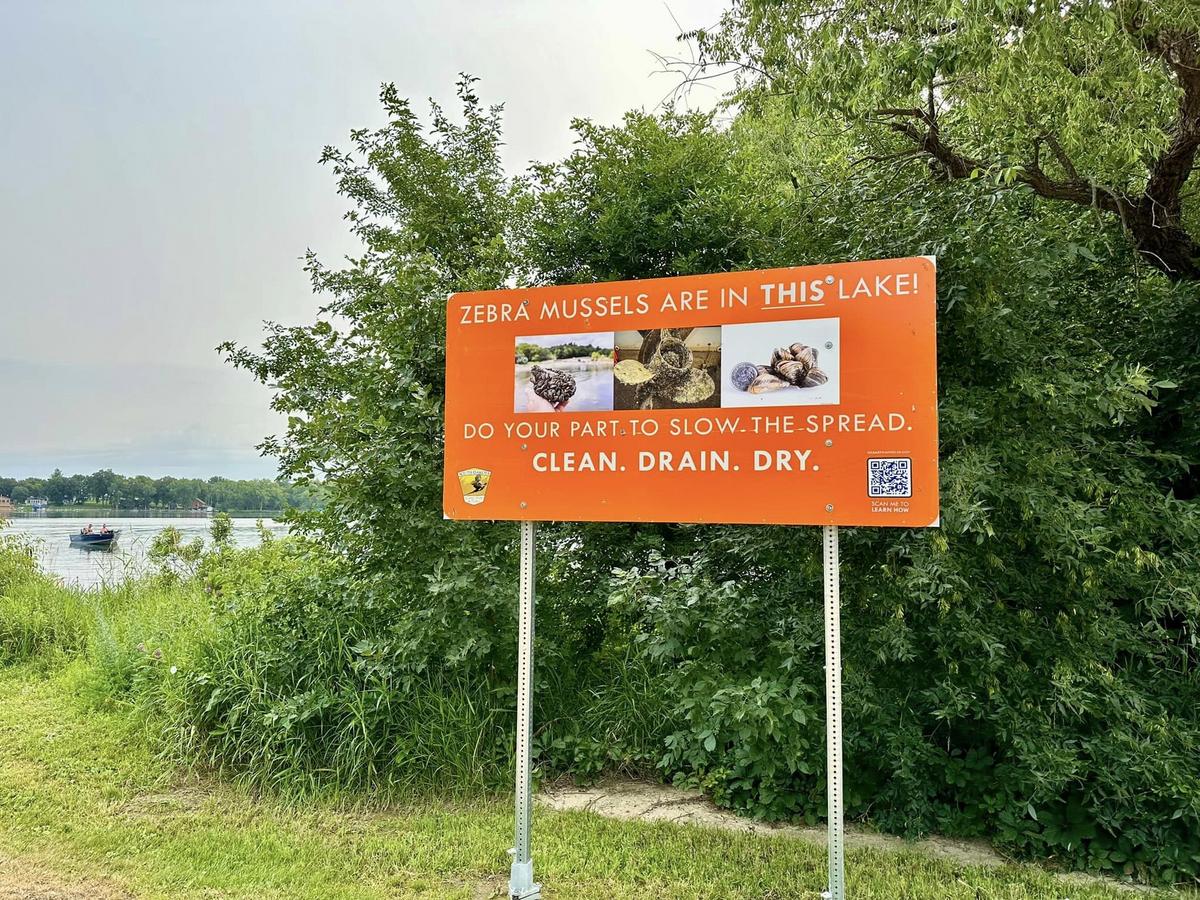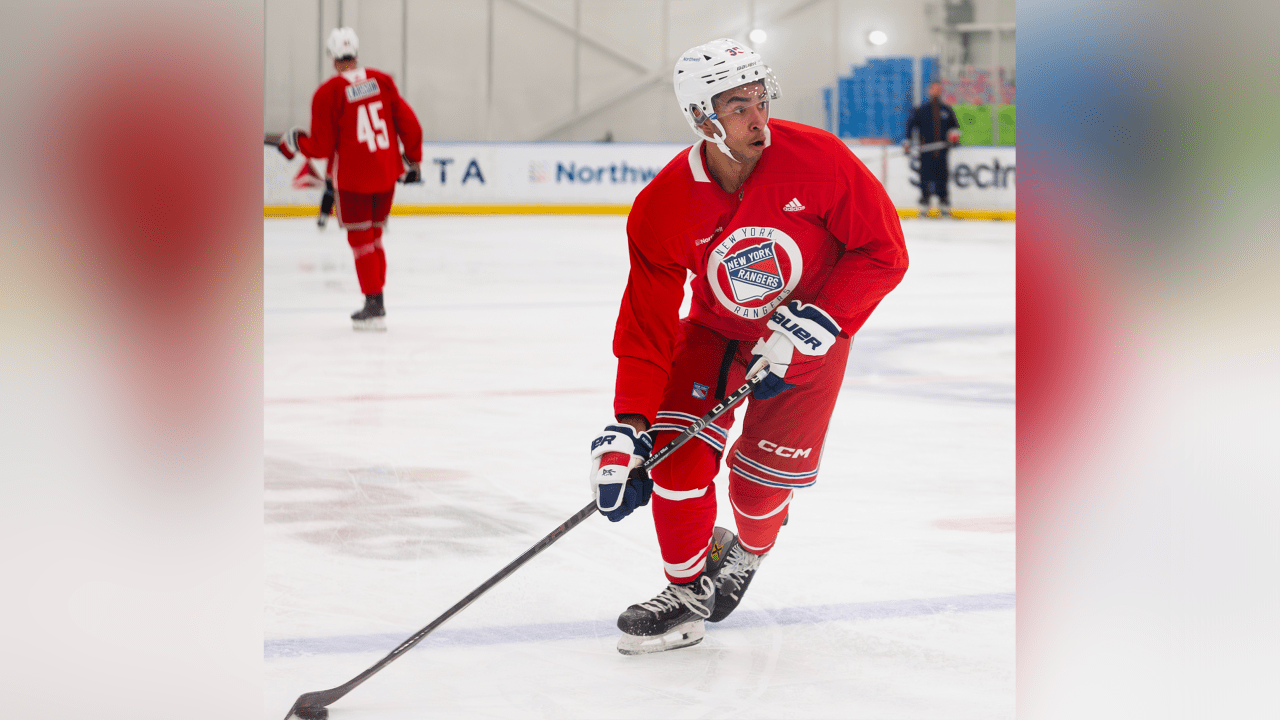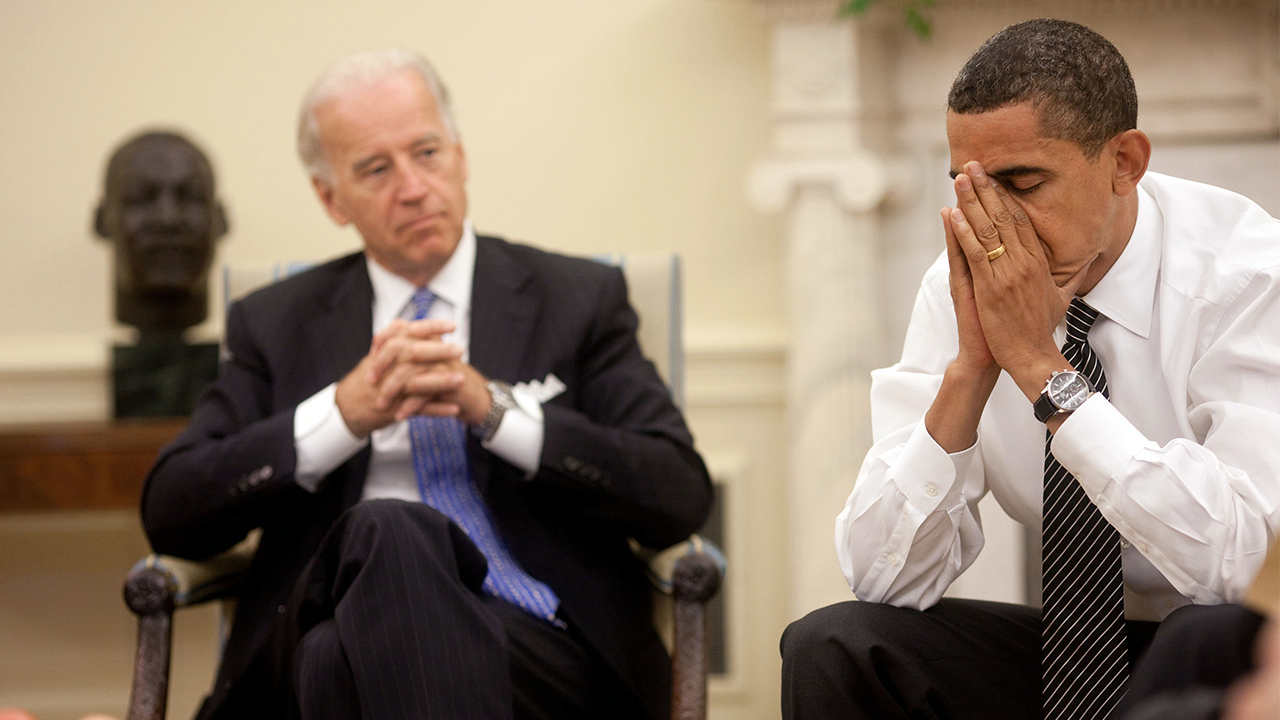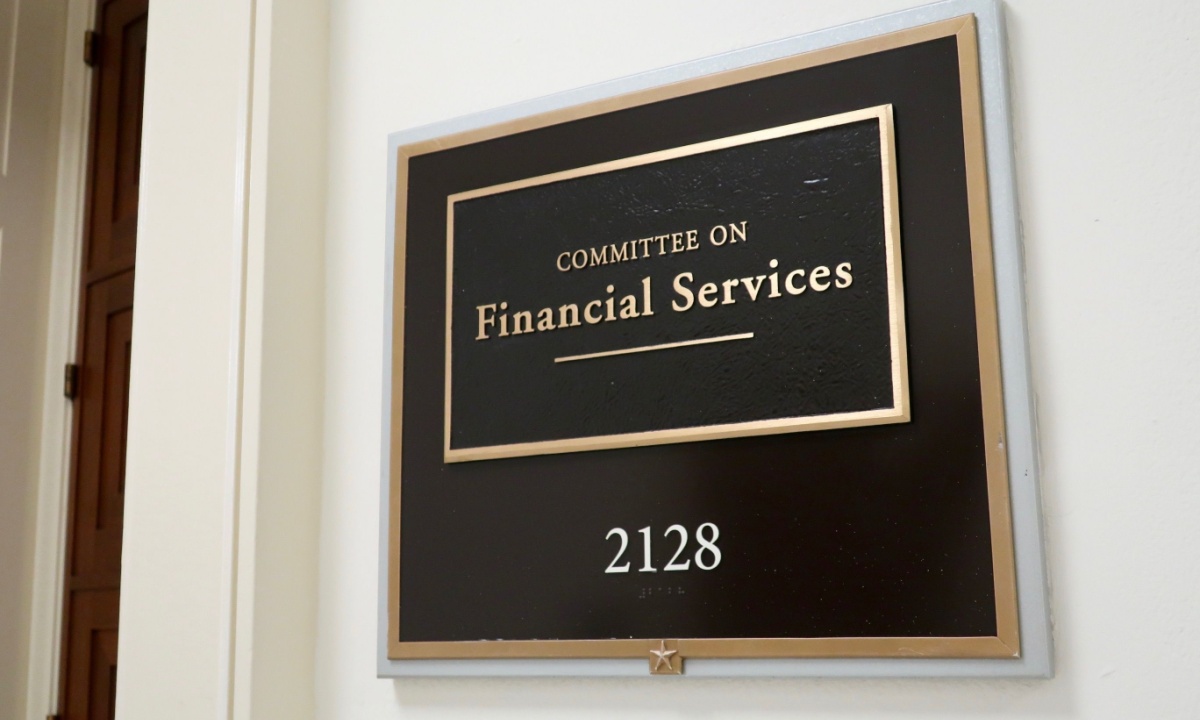North Dakota
North Dakota State Fair livestock show participants get animals ready to shine

MINOT, N.D. — With all the blow dryers blowing, clippers buzzing and hairspray sticking, one could be forgiven for assuming the Expo Building at the North Dakota State Fairgrounds had been transformed into a beauty parlor.
And in a way, it kind of had been.
Jenny Schlecht / Agweek
The 10th annual North Dakota State Fair Fitting Contest on Sunday, July 23, transformed the small east arena into a bovine beauty parlor, where three-person teams worked to put their cattle into the best light. The contest featured nine teams, several of which coordinated outfits for the occasion.
Rylee Marthaler, co-chair of the contest, explained that each team had two members aged 13 to 21, as of Jan. 1, and one who was younger than 13. The teams got 30 minutes to get their animal ready, just as they would for a show, and then the contest concluded with a mini-showmanship contest.

Jenny Schlecht / Agweek
The purpose of the contest, she explained, is to showcase all the work the participants do to ready their animals for shows. They would blow dry the hair with heavy-duty livestock blowers, which can not only dry hair but also help remove debris and dirt. They use various adhesives — basically heavy-duty hairspray — to get hair to fluff up to “make the animal look bigger-boned than they really are,” Marthaler explained. They trimmed hairs that were out of place and used products designed to add some shine to the animal. Then, they put show halters on, gave them a drink and had one member of the team show the animal off.

Jenny Schlecht / Agweek
The pace was frantic once the contest began. It wasn’t unusual to see one team member working on teasing a tail to a full ball while another fluffed up the hair on a front leg and another did the same to the back legs. Stray hairs were cut, adhesives were applied, and calves were transformed.
That’s the point of fitting in livestock — to put animals in their best light for a judge.

Jenny Schlecht / Agweek
“Fitting can be very, very important,” Marthaler said. “There’s a lot of animals that have a lot of hair. There’s a lot of animals that don’t have a lot of hair. But you can really change an animal drastically with a good fit job. The judges will notice. I’ve heard, you know, plenty of judges comment on presentation, and it does help get you to the top, for sure.”

Jenny Schlecht / Agweek
Throughout the contest, organizers announced door prize winners, even before the final winners were determined — things like round brushes and adhesive sprays and buckets that could help the participants in the future. Marthaler said the support of sponsors — both of the smaller variety, like parents of current and past participants, and large, like Hubbard Feeds and Sullivan Supply — have made the contest a success.
And the fitting contest was far from the only activity in the numerous livestock barns at the fair. Throughout the week, open shows,
4-H shows
and
FFA shows
keep the fair hopping, with animals big and small put on display for judges.

Jenny Schlecht / Agweek
By mid week, fair officials didn’t have a solid tally on the number of livestock exhibitors at the 2023 fair, as some were still to come. However, Kadey Holm, competitive exhibits assistant for the fair, said the number seemed “pretty on line with previous years’ records.”
“We have had an excellent showing of exhibitors and livestock entries,” she said.
Jenny Schlecht is the director of ag content for Agweek and serves as editor of Agweek, Sugarbeet Grower and BeanGrower. She lives on a farm and ranch near Medina, North Dakota, with her husband and two daughters. You can reach her at jschlecht@agweek.com or 701-595-0425.

North Dakota
Applications now available for 2024 North Dakota swan license

BISMARCK – Hunters can now apply for a 2024 North Dakota swan license
on the Game and Fish Department’s website
at gf.nd.gov, the department said Monday, July 22.
North Dakota residents and nonresidents are eligible to apply. The resident swan license is $10, while the nonresident fee is $30. The application deadline is Aug. 21.
North Dakota’s statewide tundra swan hunting season opens Sept. 28, and 2,200 licenses are available. Successful applicants will receive a tag to take one swan during the season. Since swans are classified as waterfowl, nonresidents may hunt them only during the period their nonresident waterfowl license is valid.
All swan hunters, regardless of age, are required to have a general game and habitat license when applying. In addition, nonresidents must have a waterfowl license, and residents 16 and older need a small game or combination license.
North Dakota
Zebra Mussels In North Dakota Lakes: Will It Really Be That Bad?

Zebra mussels are going to ruin all of our lakes right?
Okay, I know I’m going to take some heat on this, but here goes. We’ve been hearing about zebra mussels for a long time now. How they will destroy ecosystems, ruin beaches, clog up water intakes, compete with native species, etc.
You’ve seen the commercials and billboards from North Dakota Game and Fish, “Clean, Drain and Inspect.” Zebra mussels are a problem, but is it really all doom and gloom? More on that in a moment.
Zebra mussels are now in several North Dakota lakes and rivers, and you can bet more will be added in the future.
They include the Red River, Lake LaMoure, Lake Ashtabula, Lake Elsie, the James River, and the Sheyenne River all in eastern North Dakota.
So far western North Dakota has been spared, but you can bet zebra mussels are coming. Here’s a map and more on ANS-infested waters in North Dakota.
Humans are considered the primary transporter of zebra mussels, but there are other spreaders. According to Researchgate, waterfowl can transfer zebra mussels at the larvae stage.
What are we going to do about millions of migrating waterfowl each year? Not to mention other shorebirds, reptiles, and even mammals.
I’m very familiar with zebra mussels. I have a cabin on Enemy Swim Lake in northeast South Dakota. We’ve had zebra mussels present in the lake now going on for 3 years.
(A very small zebra mussel that was found on our beach this past weekend.)
Enemy Swim is located about 5 miles south of Pickerel Lake in South Dakota. Pickerel Lake has had zebra mussels for a few years longer than my lake.
Despite joint efforts from Fish and Game, cabin owner volunteers, and interns from Fish and Game with inspection points at the boat ramp, zebra mussels still found their way into my lake. I know we all did our part to prevent it, but I sometimes think that eventually, nature will take its course.
Will zebra mussels really ruin a lake?
There’s a lot of big claims and theories out there. No doubt it will affect your beach life. You will have to wear water shoes because zebra muscles can be sharp and could cut your feet. I know I swim with my water shoes normally anyway, as I don’t like creepy crawlies touching my feet in the water.
Will zebra mussels cause your lake property values to crash?
To be honest, no sign of that anywhere. Much of Minnesota’s lakes are infested with zebra mussels. People are still spending millions of dollars for cabins on Minnetonka, Pelican, or Detroit Lakes area lakes.
Even Pickerel Lake, next to my lake has people snatching up some very expensive million-dollar cabins. You can’t even find a cabin for sale on my lake. According to swnewsmedia, there’s no link between a drop in property values and zebra muscles.
Zebra mussels will actually clear up the water they infest.
This might improve the fishing, depending on the lake. Species like Smallmouth Bass, Perch, Walleyes, and even panfish are known to gorge on zebra mussels. You might catch bigger fish because of this.
With cleaner water means you will have more sunlight and more vegetation in the lake. Again, this is thought to improve the size of the fish. Fish will have more places to hide and grow bigger. It may cause anglers to adapt to new strategies to catch fish. In some cases, it could make fishing more difficult.
As far as whether zebra mussels will destroy the ecosystem of lakes?
I’m going to come right out and say it. I think this is highly exaggerated. I’m not a biologist and don’t claim to be one.
Zebra mussels have been in the Great Lakes since the 1980’s. The Walleyes and Smallmouth Bass have never been bigger. People are still catching fish and lakes are still alive.
Zebra mussels have been in Minnesota lakes now for decades and the cabin owners I know say nothing has changed except a little extra cleaning on the docks when they pull them out each year.
Lakes like Lake of the Woods, Mille Lacs, and all of the lakes around Detroit Lakes are still alive and well.
Let’s face it: Even the highly prized Walleye is an invasive species to lakes in our area.
In conclusion:
When zebra mussels reach your favorite lake it will certainly change the ecosystem. Your “lake life” will likely have to adapt to some necessary changes.
However, will zebra mussels turn your lake into a barren wastewater? I don’t think so. Adapt or die. That’s life in a nutshell.
Do I want zebra mussels in our lakes? No, of course not. However, I’m being realistic. Sometimes you have to look for the good with the bad.
North Dakota’s Top 11 Lakes According To Our Fans
Plant Some Of These In Your Garden to Keep Mosquitoes Away
Gallery Credit: Michelle Heart
North Dakota
Color of Hockey: Rangers prospect Emery 'comfortable' heading to North Dakota | NHL.com

Murphy played quarterback for North Dakota from 1960-62 and was its coach from 1978-79. He left a lasting impression on Eric Emery, especially after Cal Fullerton went 12-0 in 1984. Murphy died Oct. 29, 2011.
“I guess I kind of transported into EJ, the sense of respect I have for Gene Murphy and what he did for us at Cal Fullerton,” said the elder Emery, who went on to become a linebacker for the BC Lions, Calgary Stampeders and Ottawa Rough Riders of the Canadian Football League from 1985-87.
“He brought us together and he actually told us that we were going to be champions because he saw the capability in us. I just had to have him (EJ) go look at North Dakota because Gene came from there and a lot of his coaches that he brought with him came from there and they were such good guys. So I figured North Dakota must have something going on.”
There’s also a North Dakota connection between the younger Emery and NTDP coach Nick Fohr, who was born and raised in Grand Forks and regularly attended UND games with his father Roger, who was an off-ice official right up until when he died of cancer in January 2023.
“Oh yeah, we talked about it, for sure,” Fohr said. “Pretty cool place for me and it’s pretty cool to have somebody like EJ interested in that place.
“When people think of an EJ Emery, a Black kid that that’s looking to play hockey, rarely are they going to place him in North Dakota, right? We had some really good conversations about the city, the town and what it’s like. From talking to EJ and his family, they (UND) did a really, really, really good job in the recruiting process in making him feel comfortable, letting him see what it’s like and meeting some football players and other people. It just felt like home to him is how I took it.”
North Dakota hockey coach Brad Berry said Emery had been on the team’s radar since he played for Yale Hockey Academy in Abbotsford, British Columbia, in 2021-22.
“When we got to the recruiting process, he got to know us, we got to know him and it felt comfortable,” Berry said. “When we recruit players, we have a criteria of what we want in a player: It doesn’t matter where you come from or who you are. It matters what you are as a person, and he checked every box that we had.”
Emery (6-foot-3, 183 pounds) is UND’s first Black player since Akil Adams, a defenseman who appeared in 18 games from 1992-94.
North Dakota has had diverse rosters since. Washington Capitals forward T.J. Oshie, a United States-born player who is Indigenous, played there from 2005-08. Center Jordan Kawaguchi, a Canada-born player of Japanese ancestry, played for UND from 2017-21 and was team captain in his final season.
Emery’s selection by the Rangers and commitment to North Dakota delighted Adams, who played in the minor leagues and Germany after he left the university.
“I’m still a North Dakota guy through and through,” said Adams, who lives in Detroit. “He’s definitely in the right place and I’m happy to see that there’s actually somebody else there. I just think it probably speaks volumes about the kind of player he is.”
-

 Politics1 week ago
Politics1 week agoTwo key states to see massive GOP voter registration operation
-

 World1 week ago
World1 week agoJapan, Germany agree to boost security cooperation in Pacific
-

 News1 week ago
News1 week agoWhy the next president's judicial appointments will impact climate action
-

 Politics1 week ago
Politics1 week agoYearslong tensions boil over as ex-Obama staffers gang up on Biden: 'Clooney was exactly right'
-

 News6 days ago
News6 days agoIn Milwaukee, Black Voters Struggle to Find a Home With Either Party
-

 News1 week ago
News1 week agoVideo: Biden Asks America to ‘Lower the Temperature’
-

 World1 week ago
World1 week agoUkraine: shelling in Kherson leaves at least two people dead
-

 Politics1 week ago
Politics1 week agoBiden tells Michigan crowd he's 'not going anywhere' amid chants of 'don't you quit'















